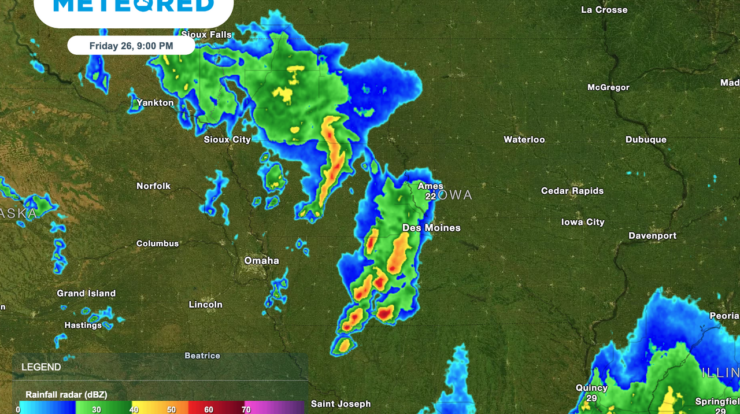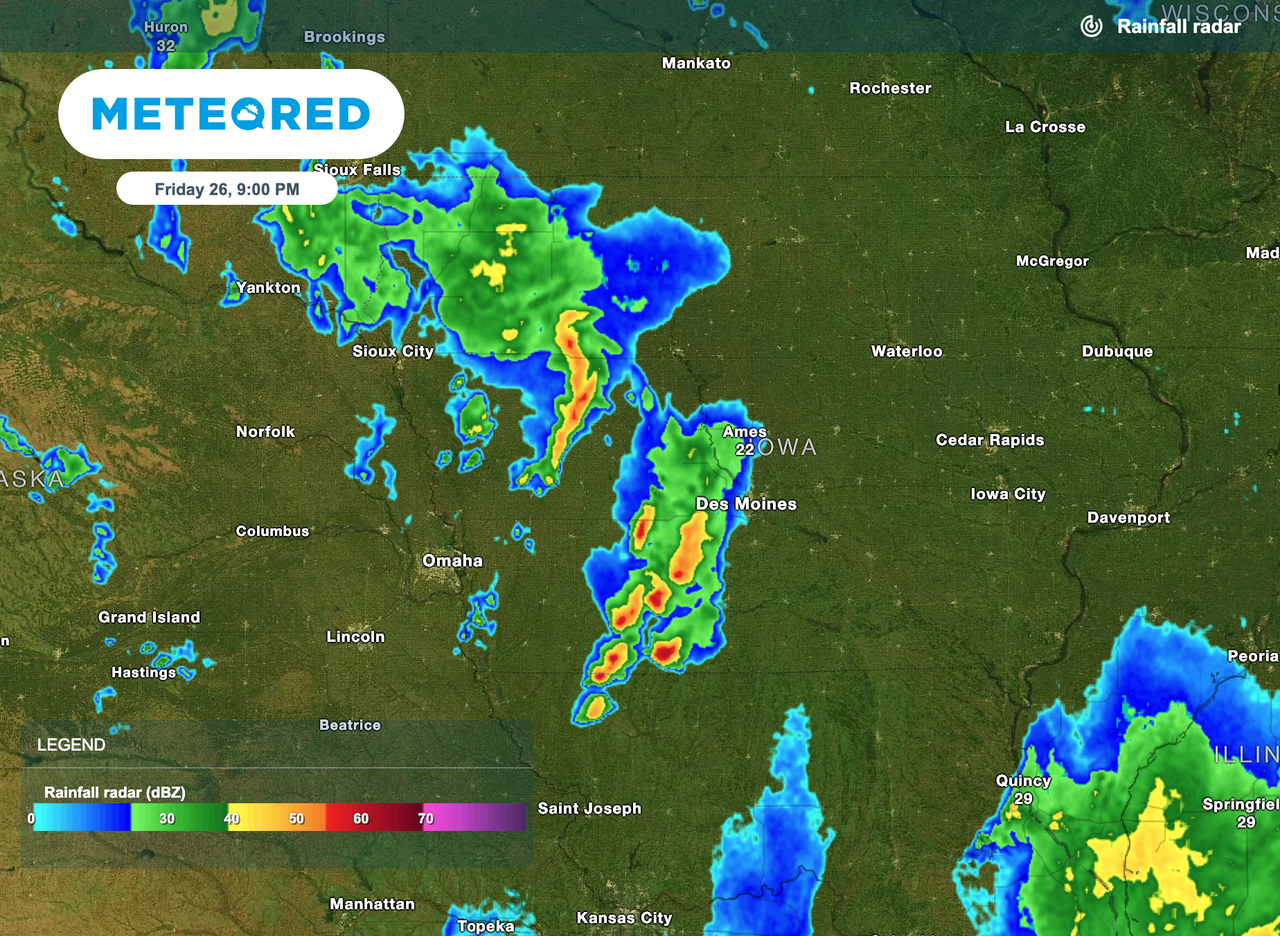
Tornado damage in Nebraska has left a lasting impact on the state, with its frequency and severity posing significant challenges. This comprehensive overview delves into the history, types, assessment, economic impact, and recovery efforts surrounding tornadoes in Nebraska, providing valuable insights for understanding and mitigating their effects.
From the Great Plains to the eastern counties, tornadoes have left their mark on Nebraska’s landscape. This report analyzes the geographical areas most affected, the different types of damage caused, and notable tornado events that have shaped the state’s history.
Tornado Damage in Nebraska: Historical Overview

Nebraska has a long history of tornadoes, with the first recorded tornado occurring in 1858. Since then, the state has experienced numerous tornadoes, some of which have caused significant damage and loss of life.
According to the National Weather Service, Nebraska ranks among the top ten states in the United States for the number of tornadoes per year. The state’s central location in the Great Plains, a region known for its severe weather, makes it particularly vulnerable to tornadoes.
Geographical Areas Most Affected by Tornadoes
Tornadoes can occur anywhere in Nebraska, but certain areas are more prone to tornadoes than others. The eastern half of the state, particularly the area along the Platte River, is the most tornado-prone region. This area is known as Tornado Alley and experiences a high frequency of tornadoes during the spring and summer months.
Types of Tornado Damage
Tornadoes can cause a wide range of damage, depending on their intensity and the structures they encounter.
Impact on Buildings
Tornadoes can cause significant damage to buildings, ranging from minor roof damage to complete destruction. The force of the wind can rip off roofs, collapse walls, and even lift entire buildings off their foundations.
Impact on Infrastructure
Tornadoes can also damage infrastructure, such as power lines, roads, and bridges. This damage can disrupt essential services and make it difficult for people to get around.
Impact on Natural Resources, Tornado damage in nebraska
Tornadoes can also damage natural resources, such as trees and crops. The high winds can uproot trees, destroy crops, and cause erosion.
Notable Tornado Damage Events in Nebraska
Nebraska has experienced several notable tornado damage events throughout its history. Some of the most significant tornadoes include:
- The Hallam tornado of 1980, which killed 10 people and caused over $100 million in damage.
- The Omaha tornado of 1975, which killed three people and caused over $250 million in damage.
- The Pilger tornado of 2014, which killed one person and caused over $100 million in damage.
Assessing Tornado Damage

Assessing tornado damage is a complex process that involves a variety of methods.
Role of Engineers and Insurance Adjusters
Engineers and insurance adjusters play a key role in assessing tornado damage. Engineers assess the structural integrity of buildings and other structures, while insurance adjusters determine the amount of damage and the cost of repairs.
Challenges and Limitations of Damage Assessment
Assessing tornado damage can be challenging due to the severity of the damage and the difficulty of accessing affected areas. Additionally, the subjectivity of damage assessment can lead to disputes between insurance companies and policyholders.
Economic Impact of Tornado Damage
Tornadoes can have a significant economic impact on Nebraska.
Impact on Property Values
Tornadoes can cause a decline in property values in affected areas. This is due to the damage to homes and businesses, as well as the disruption of essential services.
Impact on Businesses
Tornadoes can also damage businesses, causing lost revenue and productivity. This can lead to job losses and a decline in the local economy.
Impact on the Overall Economy
The economic impact of tornadoes can extend beyond the immediate affected areas. The disruption of supply chains and the loss of tax revenue can have a ripple effect on the state’s economy as a whole.
Strategies for Mitigating the Economic Impact of Tornadoes
There are a number of strategies that can be used to mitigate the economic impact of tornadoes.
- Investing in tornado-resistant construction
- Developing early warning systems
- Providing financial assistance to victims of tornadoes
- Promoting economic development in tornado-prone areas
Recovery and Rebuilding after a Tornado: Tornado Damage In Nebraska
Recovering and rebuilding after a tornado can be a long and difficult process.
Role of Government Agencies
Government agencies play a key role in the recovery process. They provide financial assistance to victims of tornadoes, coordinate disaster relief efforts, and help to rebuild damaged communities.
Role of Non-Profit Organizations
Non-profit organizations also play a vital role in the recovery process. They provide a variety of services to victims of tornadoes, such as food, shelter, and counseling.
Role of Volunteers
Volunteers also play an important role in the recovery process. They help to clean up debris, rebuild damaged homes, and provide emotional support to victims of tornadoes.
Best Practices for Effective Disaster Response and Recovery
There are a number of best practices that can be used to improve the effectiveness of disaster response and recovery efforts.
- Developing a comprehensive disaster plan
- Coordinating disaster relief efforts
- Providing timely and accurate information to the public
- Ensuring that disaster assistance is available to all victims
- Promoting community resilience
Summary

Recovering from tornado damage requires a multifaceted approach involving government agencies, non-profit organizations, and volunteers. This report highlights the best practices for effective disaster response and recovery, emphasizing the importance of community resilience and long-term planning. By understanding the impact of tornadoes and implementing proactive measures, Nebraska can enhance its preparedness and build a more resilient future.
Commonly Asked Questions
What are the most common types of tornado damage in Nebraska?
Structural damage to buildings, infrastructure damage to roads and bridges, and damage to natural resources such as trees and crops.
How is tornado damage assessed?
Engineers and insurance adjusters use a variety of methods, including visual inspections, aerial surveys, and damage modeling, to assess the extent and severity of damage.
What are the economic impacts of tornado damage in Nebraska?
Tornadoes can cause significant economic losses through property damage, business disruptions, and impacts on tourism and agriculture.





